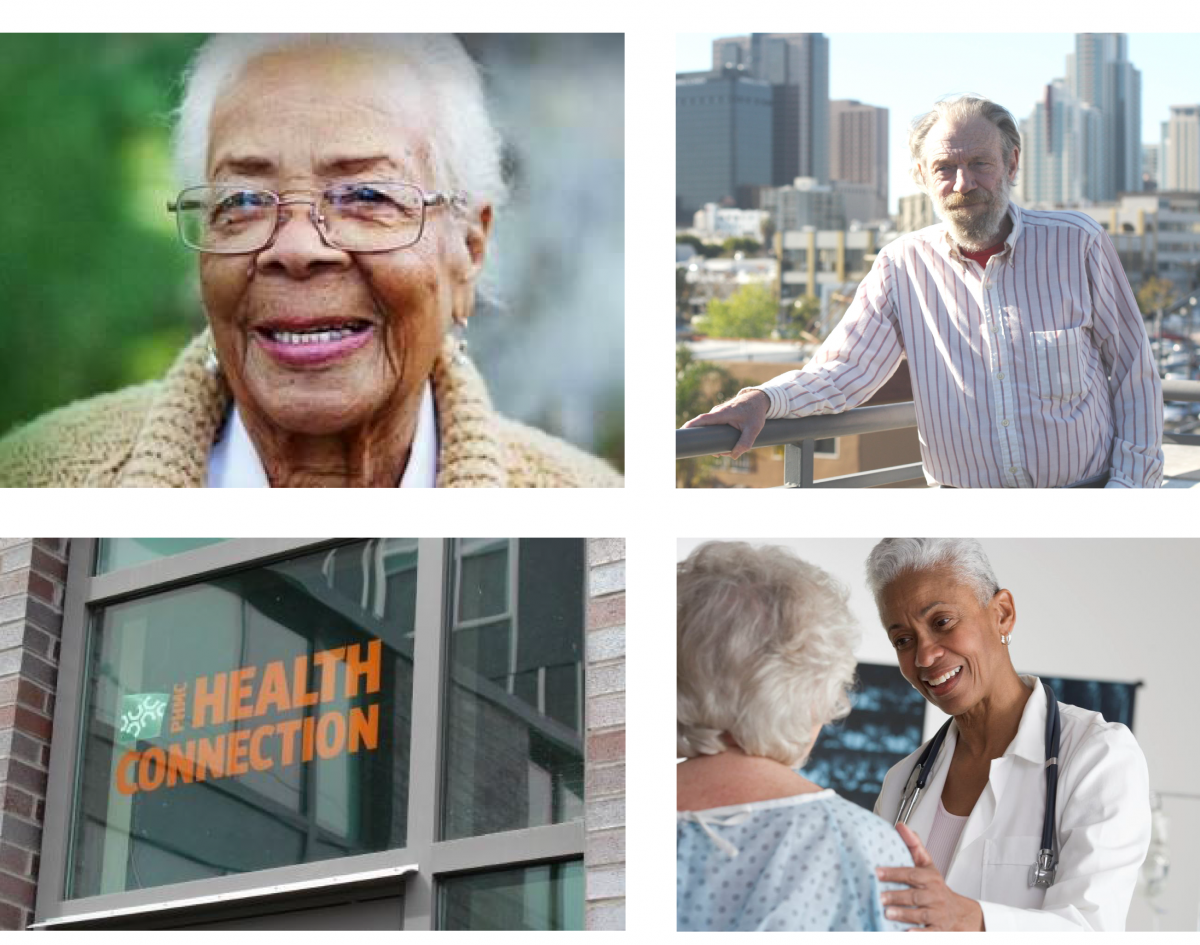Pascale Leone
Director of Diversity, Equity & Inclusion
Hurricane Katrina, Superstorm Sandy, SARS coronavirus (SARS-CoV), Zika virus and the Middle East Respiratory Syndrome (MERS) taught us that we are all part of the same social fabric. No matter the continent, we all belong to each other and this earth. We are all connected; however, our inability to see our interconnectedness can lead to our collective downfall. While natural disasters and disease do not discriminate, we know that people can and do. These ‘equal opportunity’ calamities have a way of exposing our nation’s greatest weaknesses bare to the world: pervasive and dangerous inequities across race, class, gender identity and sexual orientation.
While our inboxes of late have been flooded with rapid response efforts to the novel coronavirus (COVID-19), what has been absent from dominant messages surrounding COVID-19 are the intersections of vulnerability and marginalization and how they can be exacerbated if insufficiently addressed. Equity must take center-stage in all efforts to prevent the virus’ spread and effectively treat those who are ill.
Vulnerable people are at great risk of not only acquiring and spreading the virus, but falling victim to discriminatory practices or being largely ignored. This includes people experiencing homelessness, older adults, individuals with compromised immune systems and/or behavioral health challenges, as well as historically marginalized groups including people of color, low-wage and hourly workers and their families, those who are detained or incarcerated and individuals with disabilities. For those who wear more than one of those identities, the effects are compounding.
Racism and xenophobic hysteria showed up early in the pandemic crisis in the treatment of people of Chinese heritage. Class oppression soon followed during the coronavirus prevention and detection efforts through the unequal access to testing, illogical hoarding of goods and resources by those with means, and insensitive assumptions around having the ability to self-quarantine– like for people experiencing homelessness and housing instability, and whose jobs and livelihoods demand they continue to work.
All these “isms” are well known to supportive housing providers, who historically have served those on the margins and their ability to live their lives to their fullest potential despite the manifold obstacles faced.
Designing response efforts from the margins. Thoughtful and inclusive leadership is needed now more than ever. As more vulnerable populations fall ill or are placed at greater risk, tough decisions will need to be made. It is important that the supportive housing field respond with compassion and grace. It is largely believed that we are at the beginning of this pandemic, so we have an opportunity to lead with equity.
Opportunities for Supportive Housing Providers to Center Equity:
- Apply an equity analysis to your current emergency protocols. In uncertain times, think about the ways your leadership shows up. People of color make up a significant portion of our service and wage labor workforce, putting them (and their families) at acute risk. What is the composition of staff on the front lines and those able to work remotely? Is it equitable? When assessing risk of exposure to residents, understand who is disproportionately impacted. Many supportive housing tenants already face health and economic hardships in non-emergency times; this crisis leaves many of them even more vulnerable. What can be put in place to help mitigate some of those factors?
- Empathy is a practice. Check in on staff not only to learn what they are doing but how they are coping during this crisis. Continue to virtually connect and remind your peers that you’re all in this together. Assure employees that their health and economic security are a priority. If staff have concerns or questions about safety, or otherwise, clearly state who/how/where to express those concerns and ensure that they are heard.
- Words matter. Be conscious of the language you use to communicate with staff, residents and the broader community. We are all at risk of this highly contagious disease, but for some individuals, the impact will be more severe in terms of health and economic consequences. Be vigilant to combat against language that stokes ungrounded fears and promotes “othering” and further marginalization.
- Be trauma-informed. Trauma-informed care is essential in times of crisis. For tenants and staff alike, many may be reliving symptoms of past trauma from recent and similar events, it is critical that information relayed is done in a trauma-informed way.
This disease can leave a devastating impact on the most vulnerable among us, but so do the decisions we make in response to it. Now is the time to prioritize the issue of equity. Remind yourselves and those around you that our collective fates are inextricably linked. Taking care of the last and least among us means taking care of ourselves.


